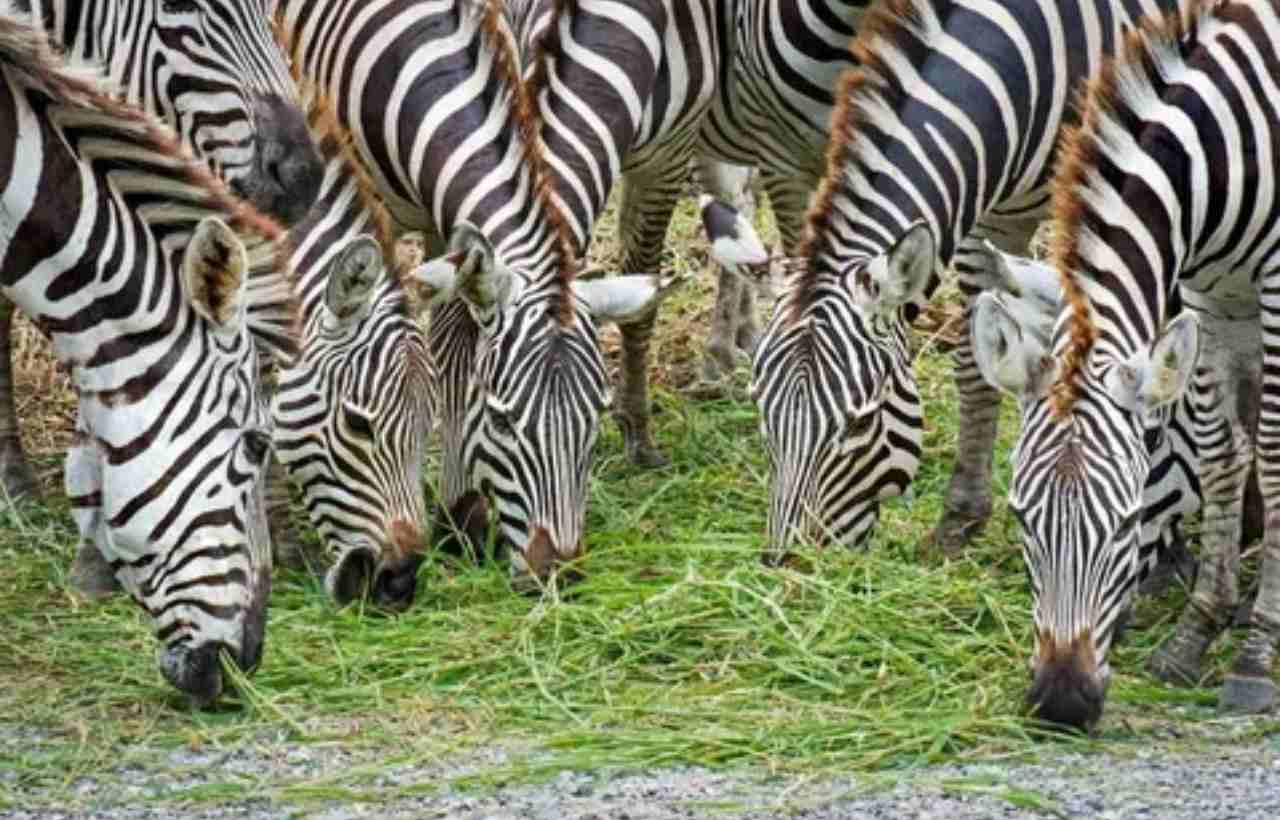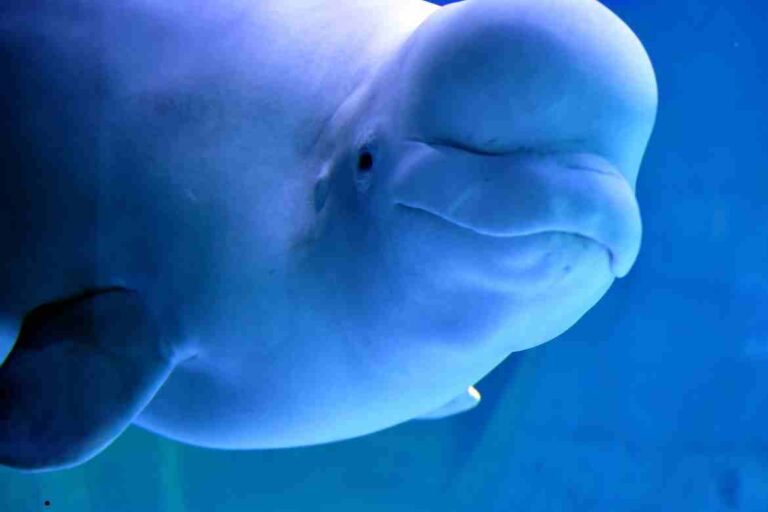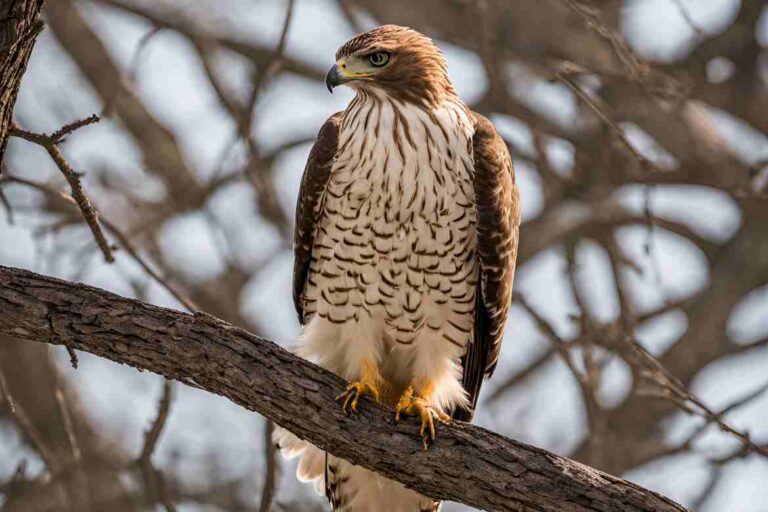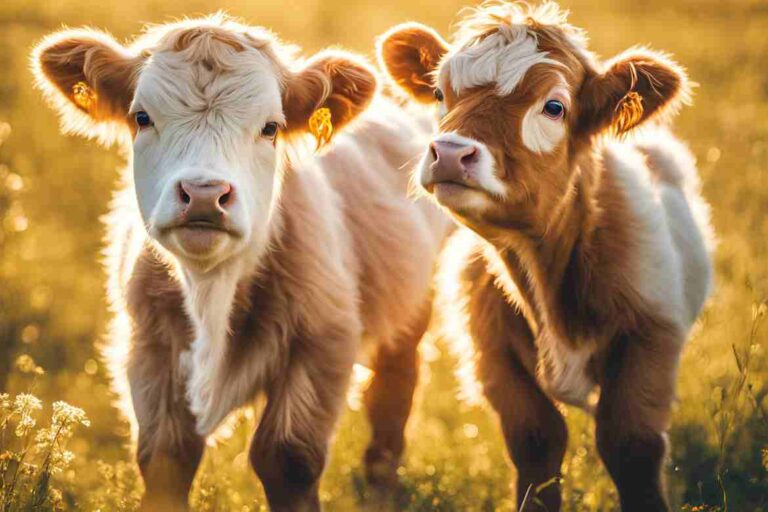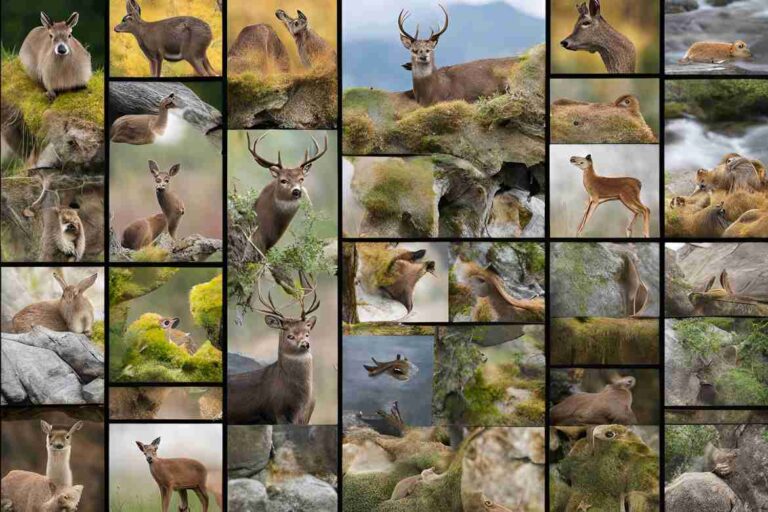What Do Zebras Eat? A Comprehensive Guide to Zebra Diet and Nutrition
Zebras are one of the most iconic animals found in the wild, known for their distinctive black and white stripes. These fascinating creatures are herbivores, which means their diet consists solely of plant materials. In this article, we will explore what do zebras eat, the types of vegetation that comprise their diet, their foraging habits, and the nutritional requirements necessary for their health. Understanding the dietary needs of zebras is essential for their conservation and management in the wild and in captivity.
The Herbivorous Nature of Zebras

Zebras belong to the family Equidae, which includes horses and donkeys. As herbivores, zebras primarily consume grasses, but their diet can vary based on their habitat and the availability of food sources. The three main species of zebras—Plains zebras, Grevy’s zebras, and Mountain zebras—each have distinctive feeding habits and preferences.
Overview of Zebra Species
| Zebra Species | Habitat | Preferred Food Sources |
|---|---|---|
| Plains Zebra | Grasslands | Grasses, herbs, and shrubs |
| Grevy’s Zebra | Savannas | Grasses, legumes, and leaves |
| Mountain Zebra | Mountainous regions | Grasses and tough vegetation |
What Do Zebras Eat in the Wild?

Zebras primarily feed on a variety of grasses, which make up the bulk of their diet. Their dental structure is adapted for grazing, allowing them to efficiently chew tough plant materials. Let’s delve deeper into the specific types of food that zebras consume in the wild.
Types of Food Zebras Consume
- Grasses: The primary source of nutrition for zebras. They prefer short, palatable grasses that are high in fiber and nutrients. Plains zebras, in particular, are known for their grazing habits in open grasslands.
- Leaves: While zebras mainly graze, they will also consume leaves from bushes and trees when grass is scarce. Grevy’s zebras, for instance, are more likely to eat leaves and legumes compared to other species.
- Herbs: Zebras have been observed feeding on various herbaceous plants. These plants provide additional vitamins and minerals that are beneficial for their health.
- Shrubs: In some habitats, especially during the dry season, zebras may resort to eating the leaves and shoots of shrubs to supplement their diet.
- Tough Vegetation: Mountain zebras are adapted to their rocky habitats and can consume tougher vegetation that other species may avoid.
Nutritional Requirements of Zebras
Zebras require a balanced diet that provides essential nutrients for their growth, reproduction, and overall health. Key nutritional components include:
| Nutritional Component | Description |
|---|---|
| Fiber | Essential for digestion; found in grasses and roughage. |
| Protein | Required for growth and muscle maintenance; sourced from legumes and leafy greens. |
| Vitamins | Necessary for metabolic processes; obtained from a variety of plants. |
| Minerals | Important for bone health and overall function; sourced from mineral-rich vegetation. |
Grazing Behavior
Zebras are known for their social grazing behavior. They often feed in groups, which provides safety in numbers from potential predators. Grazing in groups allows them to cover more ground and find food more effectively. Additionally, social interactions during feeding can strengthen bonds within the herd.
Seasonal Diet Variation

Zebras’ diets can change significantly with the seasons. In areas where rainfall is seasonal, the availability of grasses and other vegetation fluctuates, leading zebras to adapt their feeding strategies accordingly.
Seasonal Feeding Habits
| Season | Food Availability | Zebra Feeding Behavior |
|---|---|---|
| Wet Season | Abundant grass growth | Grazing on lush, nutritious grasses |
| Dry Season | Decreased grass availability | Feeding on tougher vegetation, shrubs |
| Transitional Seasons | Mixed availability | More varied diet, including leaves and herbs |
During the wet season, when grasses are plentiful, zebras can consume a high-fiber diet that supports their energy needs. However, as the dry season approaches, they may need to adapt by seeking alternative food sources, such as leaves and shrubs, to ensure they meet their nutritional requirements.
The Importance of Water for Zebras
In addition to understanding what zebras eat, it’s crucial to consider their water requirements. Zebras need access to clean water sources to stay hydrated, especially in hot climates where they can lose moisture quickly.
Water Consumption
| Water Requirement | Description |
|---|---|
| Daily Water Intake | Zebras can drink up to 10–15 liters of water per day. |
| Sources of Water | Rivers, streams, ponds, and waterholes. |
Zebras tend to drink water in the morning and late afternoon, often visiting watering holes in groups. This behavior not only fulfills their hydration needs but also offers opportunities for social interaction.
The Role of Zebras in Their Ecosystem
Zebras play a vital role in their ecosystems by influencing vegetation dynamics and serving as prey for predators. Their grazing habits help maintain sultan chicken beautifully healthy grasslands, which benefit other herbivores and contribute to biodiversity.
Ecosystem Impact
- Vegetation Control: By grazing on grasses, zebras prevent overgrowth, which can lead to habitat degradation. Their feeding habits promote the growth of new grasses and contribute to a healthy ecosystem.
- Food Source for Predators: Zebras are an essential food source for predators such as lions, hyenas, and crocodiles. Their presence in the food chain is crucial for maintaining the balance of predator-prey relationships in their habitats.
- Seed Dispersal: As zebras graze, they inadvertently help with seed dispersal. Seeds that pass through their digestive systems can germinate in new locations, contributing to plant diversity.
The Impact of Climate Change on Zebra Diets
Climate change poses significant threats to zebra populations and their diets. Altered weather patterns can impact the availability of food and water sources, leading to challenges in their survival.
Challenges Faced by Zebras
- Droughts: Prolonged droughts can lead to reduced grass maine coon kittens in florida growth, forcing zebras to compete for limited resources. This situation can result in malnutrition and decreased reproductive success.
- Habitat Loss: As human populations expand and agricultural activities increase, zebras may lose their natural habitats. This loss can limit their access to food and water sources.
- Increased Competition: Changes in ecosystems can lead to increased competition with other herbivores for food resources, further straining zebra populations.
Conservation Efforts
To mitigate the impacts of climate change and ensure the survival of zebras, various conservation efforts are being implemented. These include:
| Conservation Strategy | Description |
|---|---|
| Protected Areas | Establishing national parks and reserves to safeguard zebra habitats. |
| Sustainable Land Use | Promoting sustainable agricultural practices that minimize habitat destruction. |
| Community Engagement | Involving local communities in conservation initiatives to protect zebra populations. |
Conclusion
Understanding what zebras eat is essential for appreciating the ecological roles these magnificent animals play in their habitats. Zebras are primarily grazers, feeding on a variety of grasses, leaves, and herbs, with their diet adapting to seasonal changes. Their unique feeding habits and social structures contribute to the health of their ecosystems, influencing vegetation dynamics and serving as prey for predators.
As we face challenges such as climate change and habitat loss, it is crucial to support conservation efforts that protect zebra populations and their natural habitats. By ensuring that zebras have access to their preferred food sources and clean water, we can help maintain the delicate balance of the ecosystems they inhabit
- Mexican Red Headed Bird: A Brilliant Avian Wonder - January 16, 2025
- Can Turkeys Eat Bread? - January 15, 2025
- crocodile and plover bird relationship articles for students - January 12, 2025

